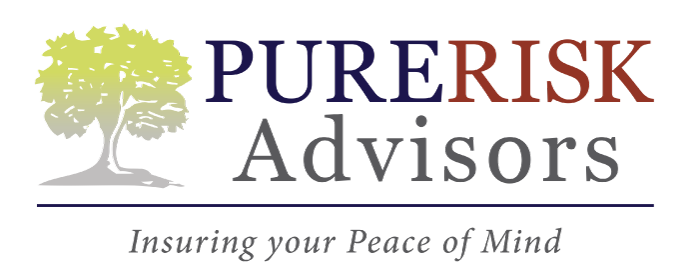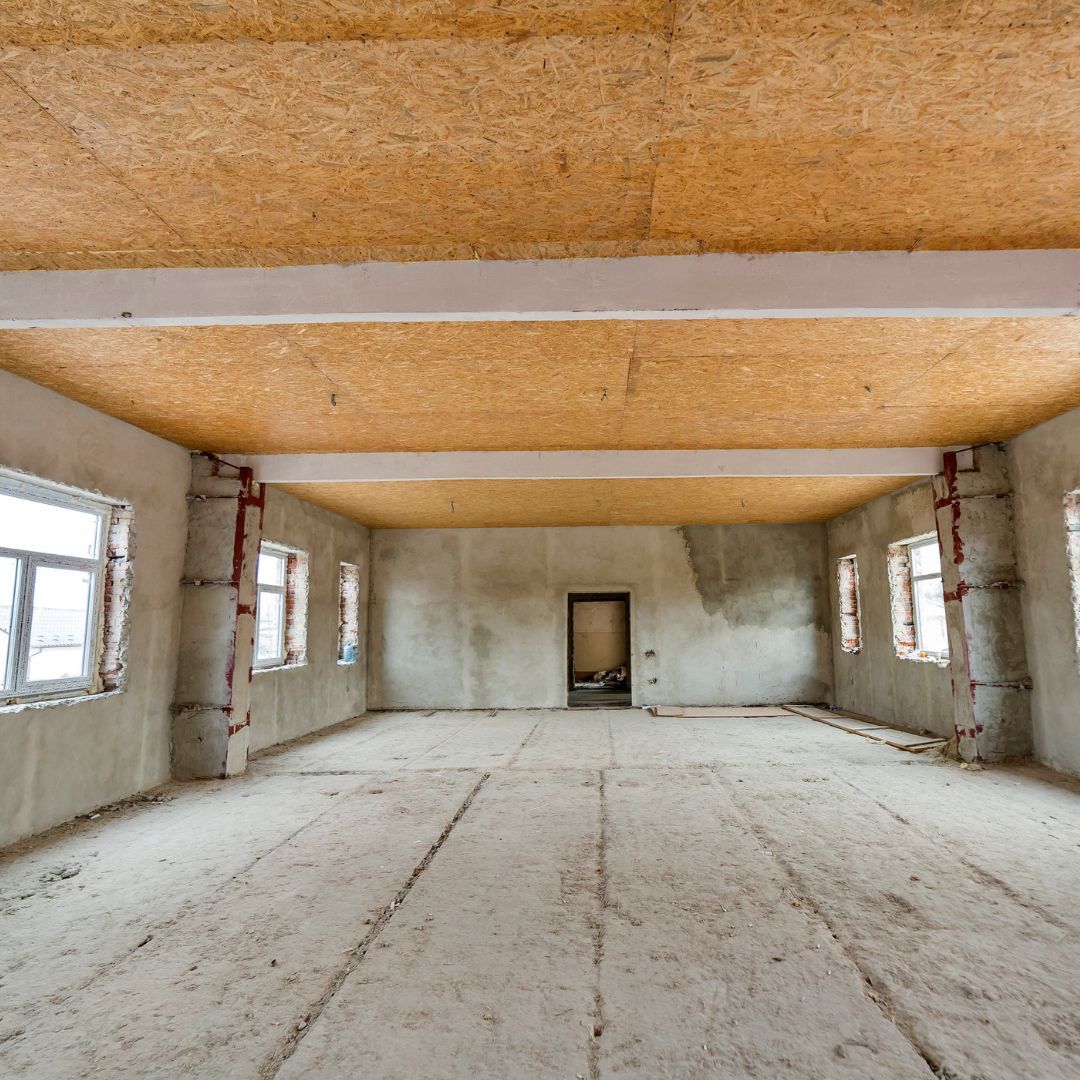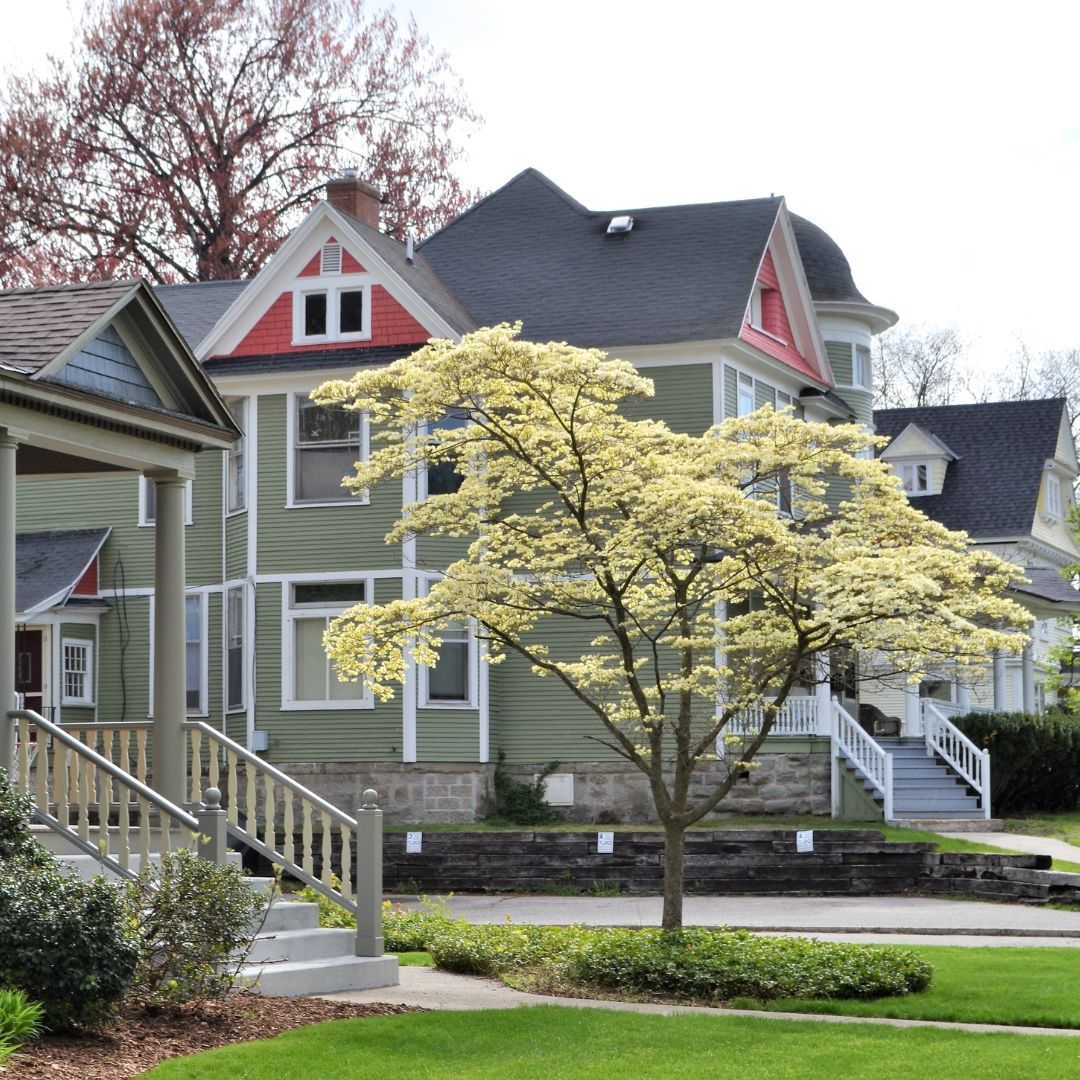The Difference Between Dwelling Fire Insurance and Landlord Insurance
See How We're Different
or call us: 303-834-1001
A one-size-fits-all policy rarely protects every rental property the same way. Owners of single-family homes, duplexes, and small apartment buildings often discover there are two popular—but very different—ways to insure their investment: dwelling fire insurance and landlord insurance. Choosing the correct option can influence everything from annual premiums to how quickly a damaged property is rebuilt. Because the wrong decision may expose an owner to thousands of dollars in uncovered losses, understanding each policy type is more than a paperwork exercise; it is risk management in its purest form. The following sections break down the definitions, nuances, and numbers owners need to make an informed choice, all while separating industry jargon from practical facts.
Property Insurance 101: The Foundation Everyone Needs
Before diving into the finer points of dwelling fire and landlord coverage, it helps to revisit the basic building blocks of property insurance. Every policy, regardless of brand or price, is designed around three pillars: the physical structure, the contents inside, and the liability exposure created by everyday activity on the premises. What changes dramatically from one form to the next is how each pillar is valued and which perils are deemed “covered.”
For example, most U.S. insurers follow a named-peril model for simpler policies. That means the contract specifically lists threats—fire, lightning, wind, and so forth—and any unlisted event is excluded by default. Broader, more expensive forms often switch to an open-peril framework in which all causes of loss are covered unless explicitly excluded. Understanding where a policy sits on this spectrum makes it easier to recognize the real difference between dwelling fire and landlord insurance.
The stakes are high. According to the National Fire Protection Association, residential fires caused $8.8 billion in direct property damage in 2022 alone. Meanwhile, slip-and-fall liability claims average $30,000 per payout, says the Insurance Information Institute. Whether damage comes from flames or lawsuits, the owner usually shoulders the loss first and then seeks reimbursement from the insurer. Poor coverage choices simply shift more of that loss back onto the owner’s balance sheet.
As property owners navigate their insurance options, it’s essential to consider not just the immediate risks but also the long-term implications of their coverage decisions. For instance, a landlord may think they are adequately protected with a basic policy, but overlooking specific endorsements—like coverage for lost rental income during a covered loss—can lead to significant financial strain. Additionally, understanding local regulations and requirements can further influence the type of coverage needed. Some areas may mandate specific liability limits or additional coverage for natural disasters, which can greatly affect the overall risk profile of a property.
Moreover, the evolving landscape of property insurance means that owners must stay informed about emerging risks, such as those posed by climate change. With increasing instances of severe weather events, insurers are adjusting their models and coverage options accordingly. This shift underscores the importance of regular policy reviews and updates, ensuring that property owners are not only compliant with current laws but also adequately protected against the unique challenges their properties may face in the future. By proactively addressing these factors, owners can better safeguard their investments and maintain peace of mind in an unpredictable world.
Dwelling Fire Insurance Explained: DP-1, DP-2, and DP-3 Forms
Dwelling fire insurance originated decades ago as a budget-friendly way to insure properties that did not qualify for standard homeowners coverage—think vacant homes, seasonal cottages, or rental houses in need of renovation. Instead of labeling each policy as basic or premium, insurers divide dwelling fire contracts into three forms: DP-1, DP-2, and DP-3.
A DP-1 is the most bare-bones. It usually protects against nine named perils, including fire, smoke, and internal explosions, but excludes theft and water damage. Replacement cost is not automatic, so payouts may only reflect an item’s depreciated value. A DP-2 is a moderate upgrade, adding threats such as burglary damage, falling objects, and accidental tearing as well as providing replacement cost on the structure in many states. At the top sits the DP-3, widely considered an open-peril policy for the dwelling itself and a named-peril approach for personal property. Because of its broader scope, a DP-3 often commands premiums 15–25 percent higher than a DP-2.
In short, dwelling fire insurance caters to owners willing to accept limited protection in exchange for lower cost or flexible occupancy requirements. The policies remain popular among landlords with older homes or properties under short-term renovation, yet they lack several benefits embedded in full landlord insurance packages. For instance, while dwelling fire insurance covers the structure itself, it typically does not include liability coverage, which can leave landlords vulnerable to lawsuits if a tenant or visitor is injured on the property. This is a critical consideration for landlords who may want to protect themselves from potential legal claims that could arise from accidents or injuries occurring on their premises.
Moreover, the choice between DP-1, DP-2, and DP-3 can significantly affect a property owner's financial strategy. For example, a landlord managing multiple rental properties might opt for a DP-2 to balance cost and coverage, ensuring that they are protected against a wider array of risks without breaking the bank. On the other hand, a property owner who has invested significantly in renovations or high-value personal property may lean towards a DP-3, recognizing that the peace of mind from comprehensive coverage is worth the additional premium. Understanding the nuances of these policies allows property owners to make informed decisions that align with their investment goals and risk tolerance.
Landlord Insurance: Beyond Basic Dwelling Coverage
Landlord insurance, sometimes marketed as “rental property insurance,” evolved from standard homeowners policies but was reengineered for the realities of tenant-occupied housing. Whereas a typical homeowners contract assumes the policyholder lives on-site, landlord coverage expects the owner to reside elsewhere. That difference triggers two major shifts: additional liability protections and loss-of-rental-income coverage.
Most carrier versions of landlord insurance bundle three core components—dwelling, other structures, and landlords’ furnishings—under an open-peril format for the building and a named-peril list for contents. On top of that foundation sits $300,000 to $1 million of premises liability and, crucially, “loss of use” or “fair rental value” coverage. If a covered event renders the property uninhabitable, the insurer reimburses the landlord for lost rent until repairs are complete, usually up to 12 or 24 months.
Because landlord insurance mirrors the broad protections found in homeowners contracts, premiums are higher than DP-1 and DP-2 rates but often similar to a DP-3. The extra cost buys not only more perils but also peace of mind that cash flow plus legal defense fees are protected when tenants sue or cannot occupy the home.
Scope of Protection: Side-by-Side Coverage Differences
Comparing dwelling fire forms to landlord insurance unveils gaps that can make or break an owner’s financial recovery. Consider theft. Tenants move out, appliances disappear, and a DP-1 offers zero coverage for stolen property, while most landlord policies pay to replace missing stoves, refrigerators, or built-in microwaves. Another example is vandalism. A DP-1 frequently excludes malicious mischief unless an endorsement is purchased, whereas landlord contracts typically include it by default.
Loss-of-rental-income is another defining separator. A 2023 survey conducted by the National Association of Residential Property Managers revealed that the average three-bedroom single-family rental produces $1,914 in monthly rent nationwide. If a fire sidelines that home for six months, the landlord stands to lose more than $11,000 in gross income. Dwelling fire policies may offer this benefit as an optional rider, but landlord insurance integrates it, sometimes with no extra premium.
Liability further widens the gap. Slip-and-fall incidents, dog bites, and accidental injuries often end in litigation. Landlord insurance covers legal defense and potential settlements, whereas a basic DP-1 only protects the structure. Adding a liability rider to a dwelling fire policy is possible, yet the process can be piecemeal and, in the end, might cost as much as migrating to a landlord policy in the first place. Ultimately, the scope of protection determines whether owners save a few hundred dollars upfront or shield themselves from five- or six-figure losses later.
Dollar-for-Dollar: How Premiums Compare Across the United States
Price routinely drives purchase decisions, and rental property insurance is no exception. Data compiled in 2024 by the National Association of Insurance Commissioners shows that the median annual premium for a DP-1 on a $250,000 single-family rental is roughly $1,145. A DP-2 lands closer to $1,390, while a DP-3 hovers around $1,670. Full landlord insurance for the same building averages $1,710, or only $40 more than the DP-3 despite its broader protections.
Regional risk shifts the numbers significantly. Gulf Coast properties exposed to hurricanes often see landlord premiums surpass $3,000 annually, whereas Midwestern rentals far from wildfire zones can dip below $900 for a DP-1. Deductibles also move the needle: raising a deductible from $1,000 to $2,500 can cut premiums by 8–12 percent regardless of policy form. Nevertheless, those savings disappear quickly if an owner must self-fund several minor claims in a single year.
When weighing cost against coverage, industry analysts frequently calculate the “rate of uncovered exposure.” This metric estimates how much of a hypothetical $100,000 loss an owner would absorb under different policies. A DP-1 might leave 28 percent uninsured when factoring in liability gaps and depreciated valuations, compared with 6 percent for landlord insurance. In other words, saving a few hundred dollars per year could translate into tens of thousands should disaster strike.
Real-World Claims: Case Studies That Illustrate the Difference
Numbers on a spreadsheet rarely capture the stress that follows a catastrophic event, but real-world claims make the distinctions between policy types vivid. One midwestern landlord purchased a DP-1 to insure a 1920s duplex for $190,000. Six months later, an electrical fire tore through the kitchen. Because the form only provided actual cash value, the owner received $14,000 less than the cost to rebuild after depreciation was applied. Additionally, no coverage existed for tenant-caused water damage discovered during reconstruction, leaving another $7,000 unpaid.
Contrast that with a landlord in Arizona who carried a comprehensive rental property policy on a comparable structure. When a monsoon ripped shingles off the roof and rain soaked drywall, the insurer not only covered replacement materials at current costs but also reimbursed four months of lost rent totaling $8,200. The same policy defended the owner in a tenant liability claim alleging respiratory illness from mold, ultimately paying $22,000 in legal fees before the suit was dismissed.
In 2023 a
property management firm in Florida reported a 31-unit apartment fire that displaced dozens of residents. Landlord insurance activated an “ordinance or law” endorsement, funding $600,000 in code-required sprinkler upgrades. A DP-3 would have covered most of the structural damage, yet local officials demanded compliance with 2023 building standards—an expense often excluded from dwelling fire forms without additional riders. These examples underscore why broad protection can be crucial when regulatory or legal complications escalate a seemingly straightforward claim.
Choosing the Right Policy: A Framework for Property Owners
Selecting coverage is easiest when approached as a multi-step assessment rather than a rushed phone call for the cheapest quote. Step one: evaluate the property’s occupancy status. A long-term vacant home being renovated may only qualify for a DP-1 or DP-2 until it is tenant-ready, whereas an occupied property benefits substantially from landlord coverage.
Step two: quantify revenue risk. Owners relying on rental income to service mortgages or fund retirement likely cannot afford prolonged vacancy without reimbursement. In those cases, loss-of-rent provisions inside landlord insurance become indispensable. Step three: measure liability exposure. Amenities such as pools, trampolines, or large dogs increase the probability of injury claims. Because landlord policies bake in higher liability limits, they tend to offer better value for high-risk environments.
Finally, step four: factor in portfolio size. Investors with multiple properties sometimes mix policy types—using DP-1s for lightly valued cottages and landlord contracts for flagship rentals. Bundling all properties under a “schedule” or “blanket” landlord policy may unlock volume discounts while simplifying renewals. An independent insurance advisor who understands local building codes and typical claim patterns can translate these steps into customized, cost-effective protection.
Common Misconceptions That Lead to Costly Mistakes
Misconception one: “A tenant’s renters policy will cover everything mine does not.” Renters insurance protects tenants’ personal belongings and personal liability, not the landlord’s structure or income. Many owners learn this only after a kitchen fire forces them to rebuild on their own dime.
Misconception two: “Dwelling fire is enough because my area rarely sees disasters.” Property records show that nearly 60 percent of landlord claims involve everyday mishaps—burst pipes, theft, or accidental water discharge—rather than headline-grabbing storms. A limited peril list therefore omits the very events most likely to occur.
Misconception three: “Switching later is easy, so starting cheap is fine.” Moving from a DP-1 to landlord insurance after a claim or underwriting change can be difficult and expensive. Some carriers refuse mid-term conversions, forcing owners to shop for coverage while repairs are still underway. Starting with adequate coverage avoids gaps and reduces administrative headaches long term.
Conclusion: Align Coverage With Financial Goals, Not Just Premiums
Dwelling fire insurance and landlord insurance share a common goal—shielding a rental property from disaster—but they travel very different roads to reach that destination. Dwelling fire forms, particularly DP-1 and DP-2, conserve cash flow yet leave critical vulnerabilities in areas such as liability, loss-of-rent, and full replacement cost. Landlord insurance costs slightly more but rounds out protection, especially for owners who rely on consistent rental income or who operate in litigious environments.
When the smoke clears after a claim, the true cost of a policy emerges. Owners who align their coverage with both the property’s physical characteristics and their personal financial objectives stand the best chance of weathering adversity unscathed. Whether insuring a single cottage or an entire portfolio, the decision to choose depth over discount often determines not just the survival of an asset, but the long-term success of a real estate investment strategy.













